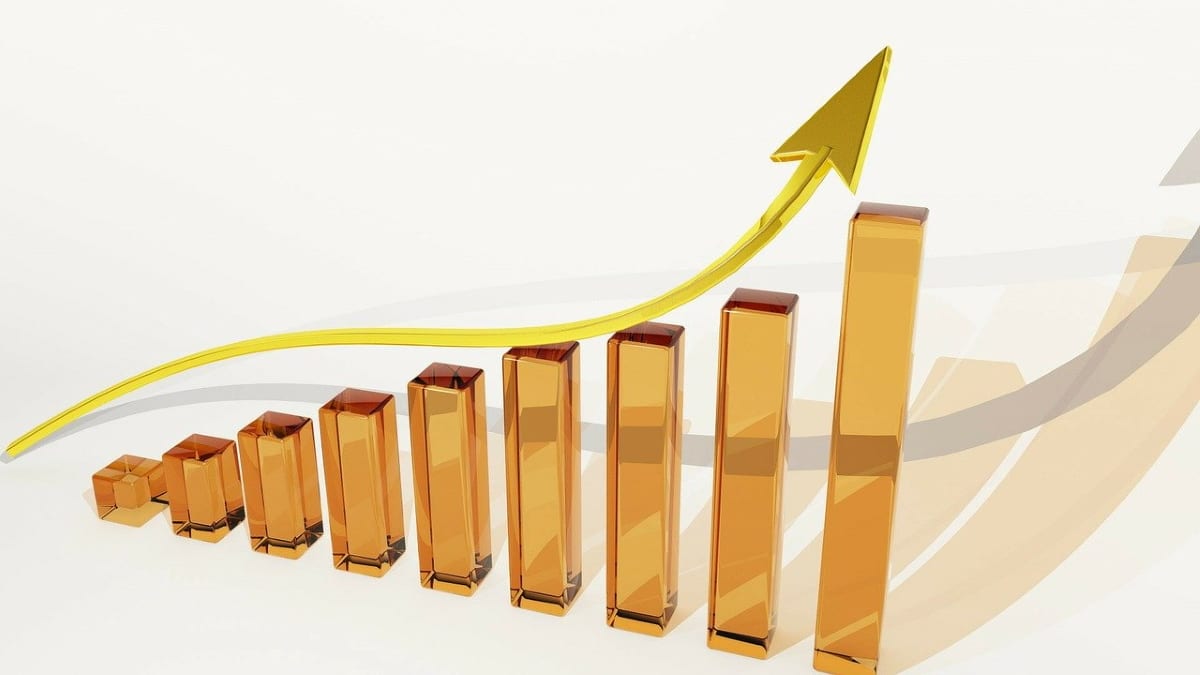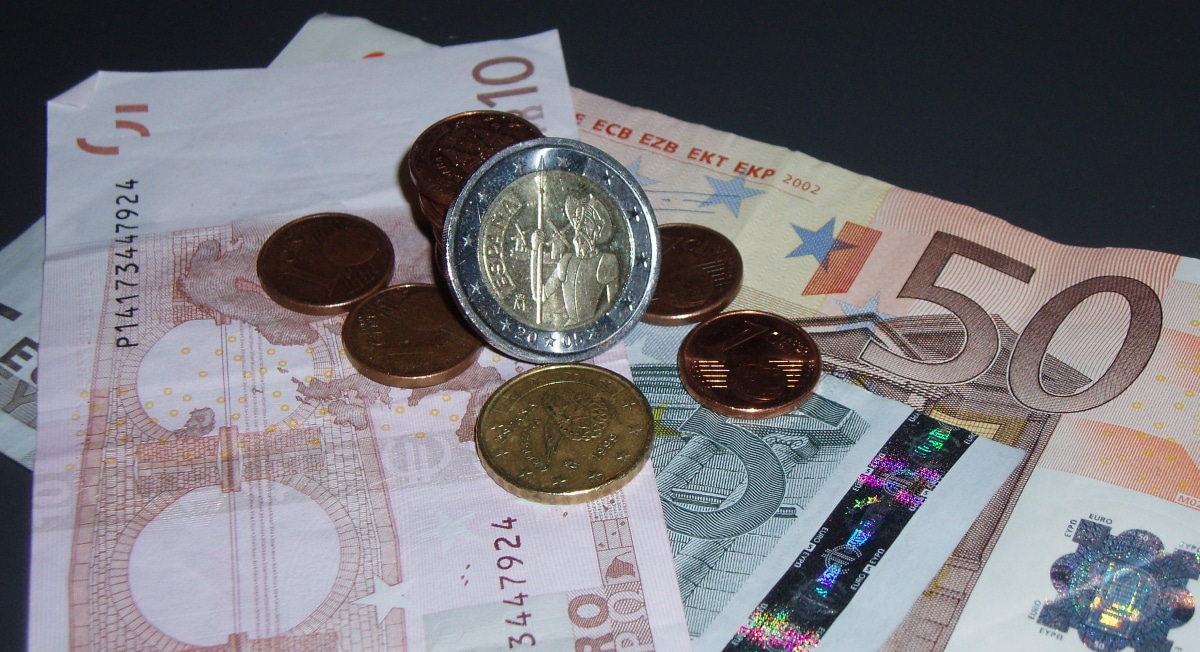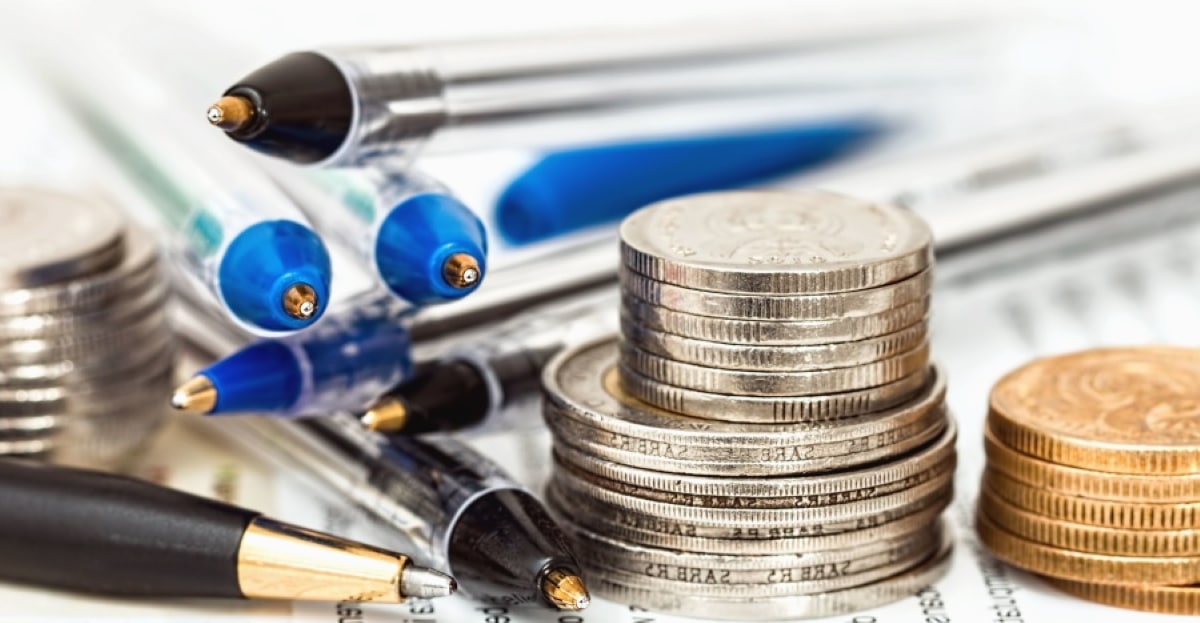
Dividends are a form of economic compensation for the shareholder. A shareholder is any person who owns at least one share in a company. And one of the ways to distribute the profit obtained is through dividends. In this way, the shareholder receives an annual amount previously set by the company.
There are multiple types of companies, different payments, sometimes higher and sometimes not. It all really depends on the strategy, profits, and the determined capitalization value of a company. Many of them, sometimes they don't even distribute them. At the same time, there are some with very large distributions. There are different strategies and ways of approaching an investment based on the return that can be expected from dividends. For this reason, we are going to use today's article to talk about dividends.
Where do the dividends come from?

As we have seen at the beginning of the article, dividends come from the profit obtained by a company. Specifically, the clean profit. At the General Meeting, once all the needs of the company are considered covered, it is agreed that part is destined to the distribution in dividends. Normally, the company should not have negative results, or in the best of cases. So that this does not happen, and that it has a solid financial state, the profits must first be used to cover the previous losses in order to have reserves and funds that guarantee the proper functioning.
Once the part of the benefits to be distributed has been agreed, a few days of delivery are indicated in the calendar. Dividends are usually collected with a defined regularity, depending on the company, it can be an annual distribution, divided into two annual payments (per semester), or quarterly, or even more payments in some cases. To qualify for the dividend payment, there is what is called a "discount date." It is the day on which the value of the dividend is discounted from that of the share. For example, we have a company that trades at € 9, and pays a dividend of € 50 on April 0, but its discount date is March 20. This means that that day the action would go from cost € 4 to € 20, for the € 9 intended for payment.
How to calculate the value and profitability of the dividend payment?

Depending on the company, and even the industry, dividend payments can differ. That's because there are companies that tend to be more generous than others. In fact, although the dividend is variable, the interesting thing is to find companies where the payment of the dividend is sustained and increased over the years. There are some securities, whose companies have been steadily increasing dividend payments for many years. Even in times of crisis, they have maintained them. This select group of companies is known as «Dividend Aristocrats«.
The distribution of the dividend for that, is strongly conditioned by the position of the company, both economic and strategic. There are very solvent companies such as Google (Alphabet), where no dividend is distributed, since it is considered that the reinvestment of profits can bring greater value for the shareholder, by increasing their position and obtaining greater benefits. Others, on the other hand, may allocate a very small part, such as 10 or 20% of their profits. While others are usually very regular, and distribute an average of 50%, as is the case with Banco Santander.
For a very high dividend, it is advisable to be alert. Sometimes it can happen because the share price is low, and hence their profitability. Others on the other hand, the company may go through difficult times, and in order not to "displease" shareholders, they distribute an excessive percentage, in some cases even, above what has been achieved in profits. Something very dangerous in the long run, giving out more than you get.
What percentage of profitability is obtained with the dividends of the shares?
Everything will depend on the price of the shares, that is, of the market capitalization of that moment. For example, a dividend of € 0 at a price per share of € 10 is not the same as a dividend of € 4. In the second case the profitability will be double, going from 00% to 2% profitability respectively. However, as we have seen previously, it also depends on the percentage that is allocated from the benefit to the distribution.
For a company that has earned 1.000 billion that distributes 50% of its clean profit, it would distribute 500 million in dividends. In this hypothetical case, we should look at its market capitalization. Let's imagine your capitalization value is $ 10.000 billion. This would mean that if it distributed 500 million, the profitability obtained would be 5%.
The formula to be applied would derive from calculating the percentage between the capitalization value of the company and the distribution of profits.
It is always interesting to take advantage of fluctuations in prices. Thus, as a share falls in price, the dividend yield tends to increase. Unless the company is experiencing problems that affect and compromise its financial statements.
And the companies with high or very high dividend yields?
This type of situation occurs in specific cases. We may find that there is a recession or crisis, and the economy is contracting. In such cases, the securities many companies are trading at may become "more attractive." In these cases, it will be possible to evaluate the viability and economic impact that the circumstances may have for the company.
Others, however, is that they are allocating a greater retribution than they should healthily. It may be because your treasury allows it, or to keep investors happy. We are talking about large returns of 10% or even more. Or cases in which the multiples at which the company is listed are excessively high due to the profitability they offer. We must study these cases, see if the figures produced are really sustainable, and evaluate how convenient an investment of this type can be. For example, a company that trades at 40 times annual profits, and offers us a dividend of 5%, is very suspicious (it would imply that it is double what it has earned).
Often, hunting for very high dividends ends up leading to scares or damage to our portfolio that could have been avoided.

